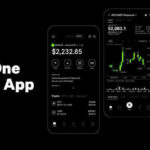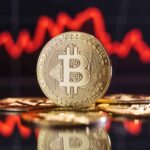The gold market has reached a significant milestone as prices have surged past $4,000 for the first time in history, reflecting a dramatic shift in the commodities landscape since October 2020. Following a period of volatility, driven by economic uncertainty and changing market dynamics, the value of gold has skyrocketed, prompting a reinvigorated interest among investors.
Since October 2020, the price of gold has witnessed a steady ascent, primarily fueled by various global factors. The ongoing impacts of the COVID-19 pandemic, inflationary concerns, and geopolitical tensions have all contributed to an environment where gold is perceived as a safe-haven asset. This situation has led to increased buying activity from both individual and institutional investors, further propelling prices upward.
The expectations surrounding the future price of gold have played a crucial role in spurring demand. As economic conditions remain unpredictable, many investors are turning to gold, viewing it as a hedge against inflation and other financial uncertainties. This growing desire to hold gold as part of investment portfolios has led to heightened demand, with more individuals and institutions seeking to secure their positions in the market.
Importantly, as the price of gold rises, so does the quantity supplied. Higher prices often incentivize gold producers to increase their output, as they stand to gain more revenue from selling at elevated prices. This response from producers is a fundamental characteristic of how markets operate, where price signals motivate suppliers to meet the heightened demand.
Additionally, the increased price of gold serves as a signal to both producers and investors, allocating more resources to the gold market. When prices rise, it sends a clear message that there is potential for profit, prompting miners to invest in exploration and extraction efforts. As resources are reallocated to gold production, it may lead to innovations and efficiencies in mining operations, enhancing overall supply capacity.
In summary, the unprecedented rise in gold prices reflects a complex interplay of market dynamics driven by investor behavior, economic expectations, and the fundamental principles of supply and demand. As gold continues to capture the spotlight, its role within investment strategies is expected to evolve, influencing global markets in the process.







